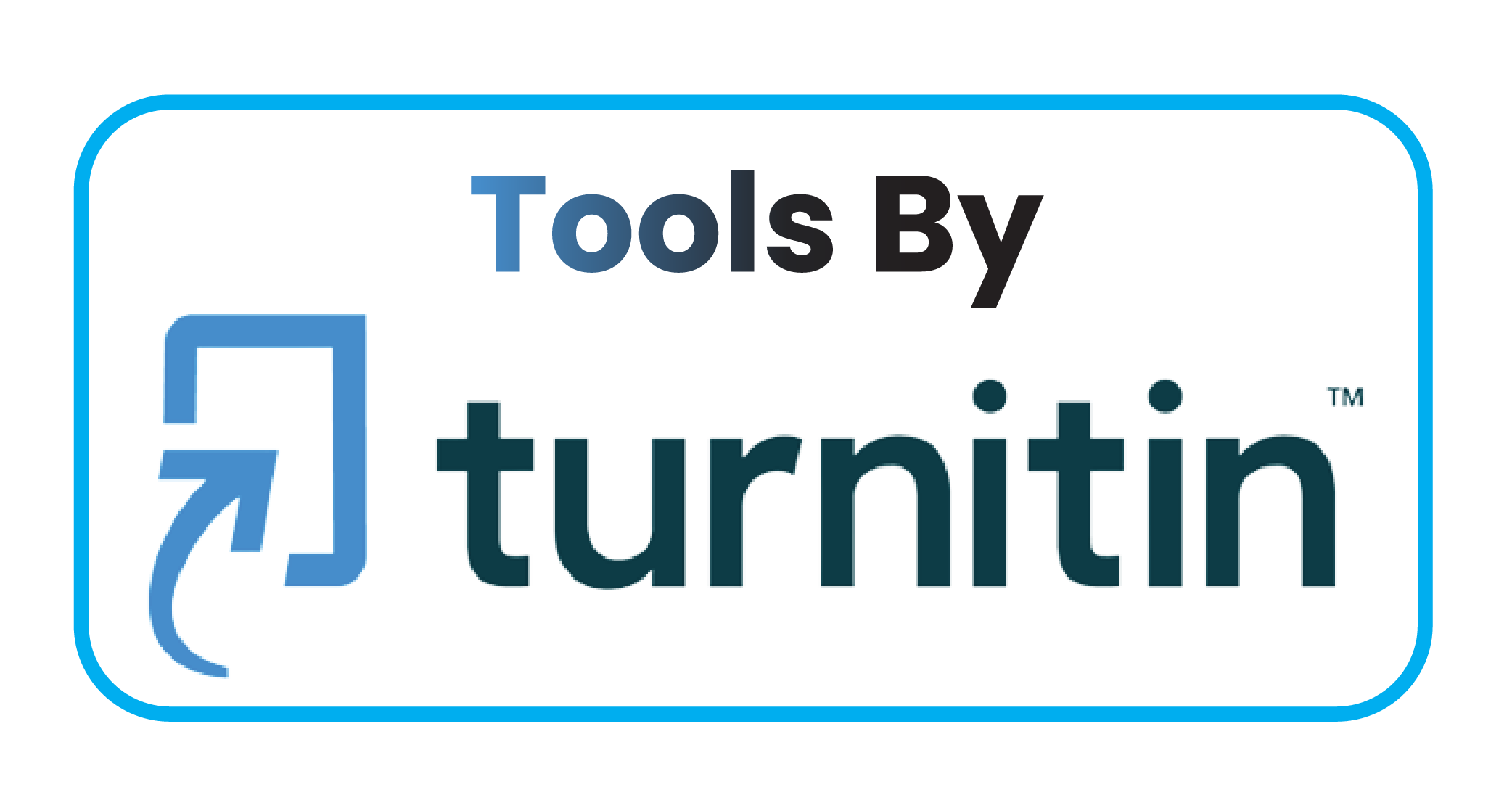Sensitivity of RSUP Dr Sardjito's Covid Score to Positive PCR Swab Test Results as A Diagnostic Tool
DOI:
https://doi.org/10.59888/ajosh.v1i06.24Keywords:
RSUP DR SADJITO, RSS, COVID-19, early scoringAbstract
Coronavirus disease 2019 (COVID-19) is a newly discovered disease that has spread throughout the world so that it isconsidered a pandemic. Effective initial screening in patients is important to determine the need for diagnostic and therapeutic measures. Until now, there have been no screening tools that have been designated as gold standards so that RSS was developed based on the manifestation of COVID-19 as an early scoring tool. Assess the sensitivity of RSS scoring to comfirmed PCR COVID events. A case control study was conducted on patients from March to April 2021 at RSUP dr. Sardjito. A total of 50 respondents were randomly screened using RSS tools and confirmed with PCR. Then the prevalence of positive cases is calculated based on RSS scoring with patients who are positive based on PCR of the 50 respondents examined, 45 people were declared confirmed with COVID-19. The number of patients with high probable criteria who confirmed COVID-19 was 37 people. The number of patients with moderate probable criteria who confirmed COVID-19 was 9 people. Based on the formula, the sensitivity of RSS to confirmed COVID-19 is 97.72%. Dr Sardjito's SOP r scoring sensitivity to confirmed COVID-19 was 97.72%. Thus, Dr Sardjito's SOP r scoring sensitivity to confirmed COVID-19 was 97.72%. Thus, Dr. Sardjito's Covid R SUP Scoring can be used as a tool to assess high risk confirmed COVID-19 patients in early screening.
References
Handayani, D., Hadi, D. R., Isbaniah, F., Burhan, E., & Agustin, H. (2020). Corona virus disease 2019. Jurnal Respirologi Indonesia, 40(2), 119–129. https://doi.org/10.36497/jri.v40i2.101
Harapan, H., Itoh, N., Yufika, A., Winardi, W., Keam, S., Te, H., Megawati, D., Hayati, Z., Wagner, A. L., & Mudatsir, M. (2020). Coronavirus disease 2019 (COVID-19): A literature review. Journal of Infection and Public Health, 13(5), 667–673.
Hidayani, W. R. (2020). Faktor Faktor Risiko Yang Berhubungan Dengan COVID 19?: Literature Review. Jurnal Untuk Masyarakat Sehat (JUKMAS), 4(2), 120–134. https://doi.org/10.52643/jukmas.v4i2.1015
Levenfus, I., Ullmann, E., Battegay, E., & Schuurmans, M. M. (2020). Triage tool for suspected COVID-19 patients in the emergency room: AIFELL score. Brazilian Journal of Infectious Diseases, 24, 458–461.
Nasir, N. M., & Nurmansyah, M. I. (2020). Misinformation related to COVID-19 in Indonesia.
Parikh, P. A., Shah, B. V, Phatak, A. G., Vadnerkar, A. C., Uttekar, S., Thacker, N., & Nimbalkar, S. M. (2020). COVID-19 Pandemic: Knowledge and Perceptions of the Public and Healthcare Professionals. Cureus, 12(5). https://doi.org/10.7759/cureus.8144
Song, C. Y., Xu, J., He, J. Q., & Lu, Y. Q. (n.d.). COVID-19 early warning score: a multi-parameter screening tool to identify highly suspected patients. medRxiv preprint. Published Online Mar, 8.
WHO. (2020). Situasi Terkini Perkembangan (COVID-19). Kemenkes.
WHO. (2021). WHO Coronavirus Disease (COVID-19).
WHO. (2022). WHO Coronavirus (COVID-19) Dashboard.
Ministry of Health of the Republic of Indonesia. 2021. The Latest Situation of Coronavirus Disease (COVID-19) Development April 23, 2021. [online]. [https://infeksiemerging.kemkes.go.id/]. [April 23, 2021].
Downloads
Published
Issue
Section
License
Copyright (c) 2023 Eko Budiono, Tri Indriaswati

This work is licensed under a Creative Commons Attribution-ShareAlike 4.0 International License.
Authors who publish with this journal agree to the following terms:
- Authors retain copyright and grant the journal right of first publication with the work simultaneously licensed under a Creative Commons Attribution-ShareAlike 4.0 International. that allows others to share the work with an acknowledgement of the work's authorship and initial publication in this journal.
- Authors are able to enter into separate, additional contractual arrangements for the non-exclusive distribution of the journal's published version of the work (e.g., post it to an institutional repository or publish it in a book), with an acknowledgement of its initial publication in this journal.
- Authors are permitted and encouraged to post their work online (e.g., in institutional repositories or on their website) prior to and during the submission process, as it can lead to productive exchanges, as well as earlier and greater citation of published work.










